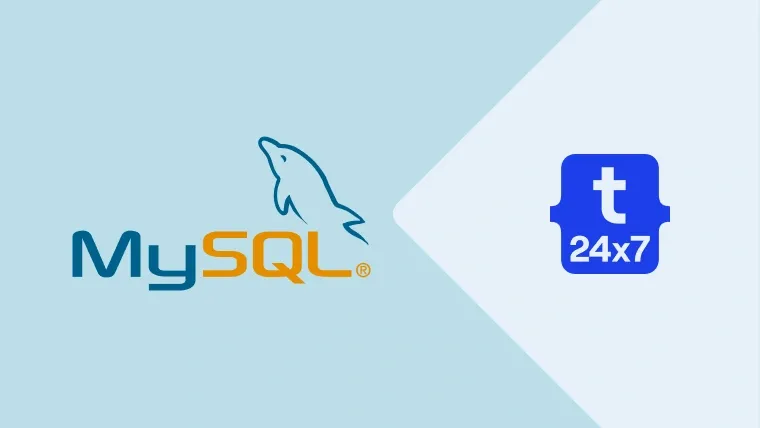Understanding SQL Joins while working with the relational database makes it easy to query related data spread over multiple tables. The SQL developer must be aware of the functioning of SQL Joins to effectively work with relational databases.
This tutorial is the starting point of the series to learn SQL Joins with examples. It provides the index of all the Join operations as part of this series. You can use either MySQL Shell or MySQL Workbench to execute the queries. The other popular option is to install phpMyAdmin.
In case you have not downloaded MySQL and workbench yet, you can also follow below listed tutorials.
- How To Install MySQL 8 on Windows
- How To Install MySQL Workbench On Windows
- How To Install MySQL 8 on Ubuntu
- How To Install MySQL Workbench On Ubuntu
Notes: Though using Venn Diagrams to explain the SQL Join has been discouraged by several SQL developers, but we can still get the high-level idea of working with Joins using them. You may refer - Different Types Of SQL Joins to understand Joins using Venn Diagrams.
- Database Schema
- Cross Join
- Inner Join
- Equi Join
- Natural Join
- Left Join
- Left Join Without Intersection
- Right Join
- Right Join Without Intersection
- Full Join
- Full Join Without Intersection
- Self Join

